Kingdom Fungi Order Agaricales Higher classification Panaeolus | Division Basidiomycota Scientific name Panaeolus cinctulus Rank Species | |
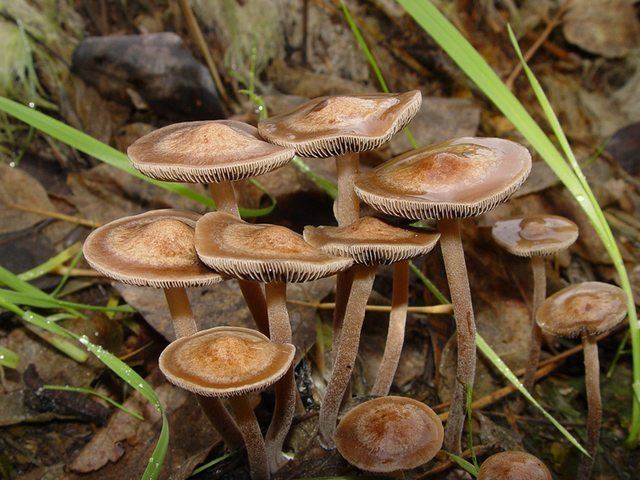 | ||
Similar Panaeolus, Panaeolus fimicola, Panaeolina foenisecii, Panaeolus olivaceus, Panaeolus cyanescens | ||
Panaeolus cinctulus, syn. Panaeolus subbalteatus, commonly known as the banded mottlegill, weed Panaeolus or subbs is a very common, widely distributed psilocybin mushroom. According to American naturalist and mycologist David Arora, Panaeolus cinctulus is the most common psilocybin mushroom in California.
Contents
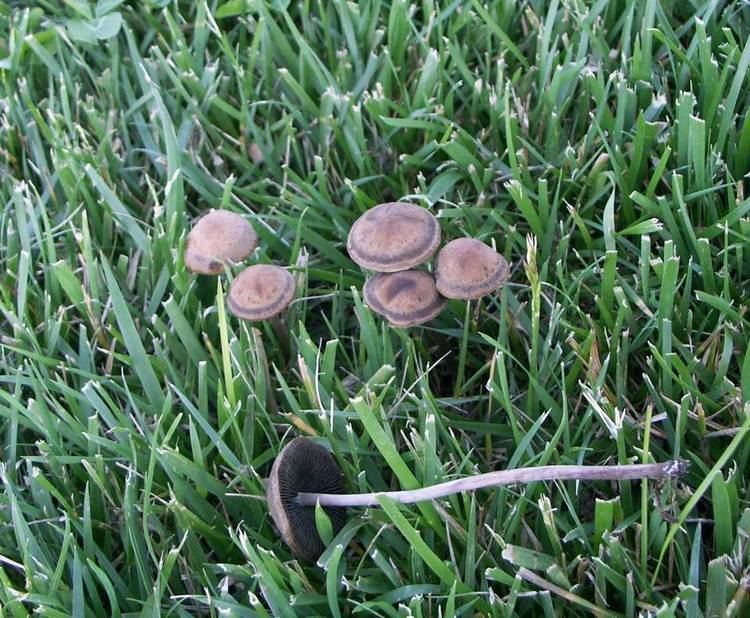
During the early 1900s, these species were referred to as the "weed Panaeolus" because they were commonly found in beds of the commercially grown, grocery-store mushroom Agaricus bisporus. Mushroom farmers had to weed it out from the edible mushrooms because of its hallucinogenic properties.
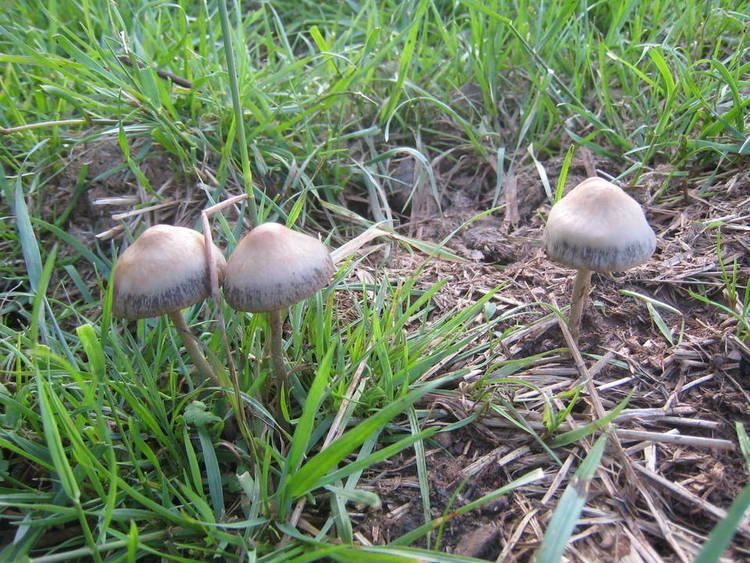
Description
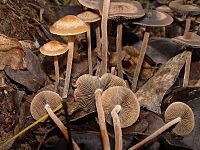
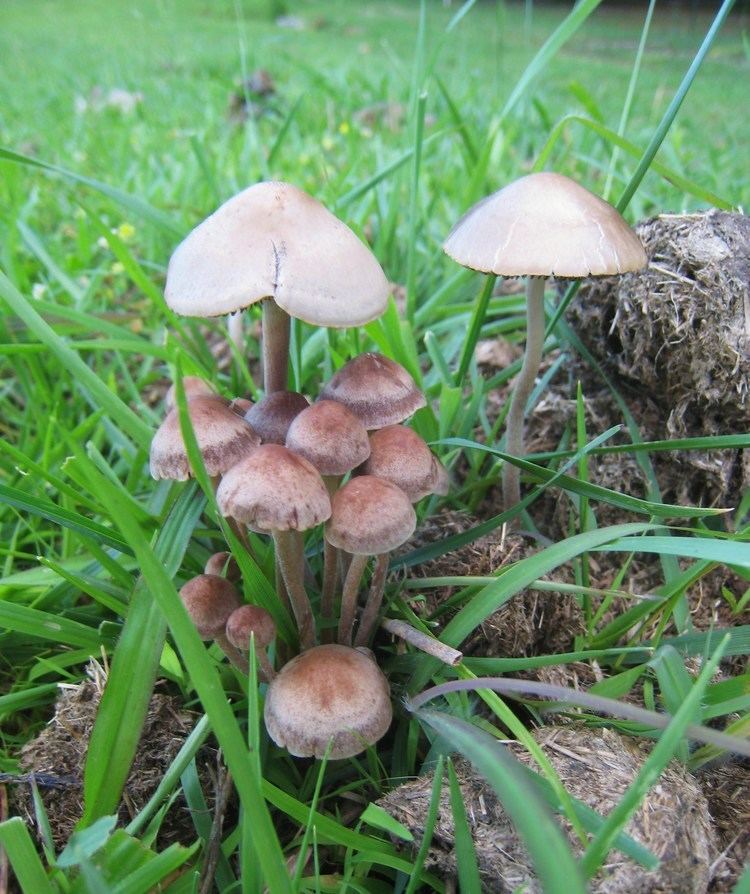
Morphologically, Panaeolus cinctulus can be easily confused with other species of psilocybin mushrooms. They have a resemblance to Panaeolus fimicola, and prefer the same habitats, but the latter species has sulphidia on the gill faces.
Habitat and formation
Panaeolus cinctulus is a cosmopolitan species that grows solitary to gregarious to cespitose (densely clumped) on compost piles, well-fertilized lawns and gardens, and, rarely, directly on horse dung. It grows from Spring to Fall seasons. It grows abundantly after rain. It can be found in many regions, including: Africa (South Africa), Austria, Canada (Alberta, British Columbia, Prince Edward Island, Ontario, Quebec), Nova Scotia, Denmark, Finland, France, Germany, Great Britain, Guadeloupe, Estonia, Iceland, India, Ireland, Italy, Japan, Mexico, New Guinea, New Zealand, Norway, Philippines, Russia, Slovenia, South America (Argentina, Chile, Brazil) and the United States (it is common in Oregon, Alaska, Washington, and both Northern and Southern California, but is also known to occur in all 50 states).
It has also been sighted in Melbourne, Australia and in Belgium.
Legality
The Legal status of psilocybin mushrooms varies worldwide. Psilocybin and psilocin are listed as Class A (United Kingdom) or Schedule I (US) drugs under the United Nations 1971 Convention on Psychotropic Substances. The possession and use of psilocybin mushrooms, including P. cinctulus, is therefore prohibited by extension. However, in many national, state, and provincial drug laws, there is a great deal of ambiguity about the legal status of psilocybin mushrooms and the spores of these mushrooms. For more details on the legal status of psilocybin mushrooms and Panaeolus spores, see: Legal status of psilocybin mushrooms. Panaeolus cinctulus has a long shelf life compared to other magic mushrooms, as it contains little Psilocin, is non-poisonous, and the psycho-activity comes mainly from psilocybin and its analogues.
Neurological effects
Psilocybin is similar in structure to the neurotransmitter serotonin, which is involved in or associated with mood regulation, appetite, sleep, learning and the cardiovascular system among others. Thus psilocybin may disrupt the actions of serotonin, accounting for its effects such as restlessness, increased heart rate, and inability to concentrate.
Baeocystin is a psilocybin mushroom alkaloid and analog of psilocybin. It is found as a minor compound in most psilocybin mushrooms together with psilocybin, norbaeocystin, and psilocin. Baeocystin is a N-demethylated derivative of psilocybin, and a phosphorylated derivative of 4-HO-NMT (4-hydroxy-N-methyltryptamine). Baeocystin produces similar, if not almost exactly the same effects of Psilocin.
